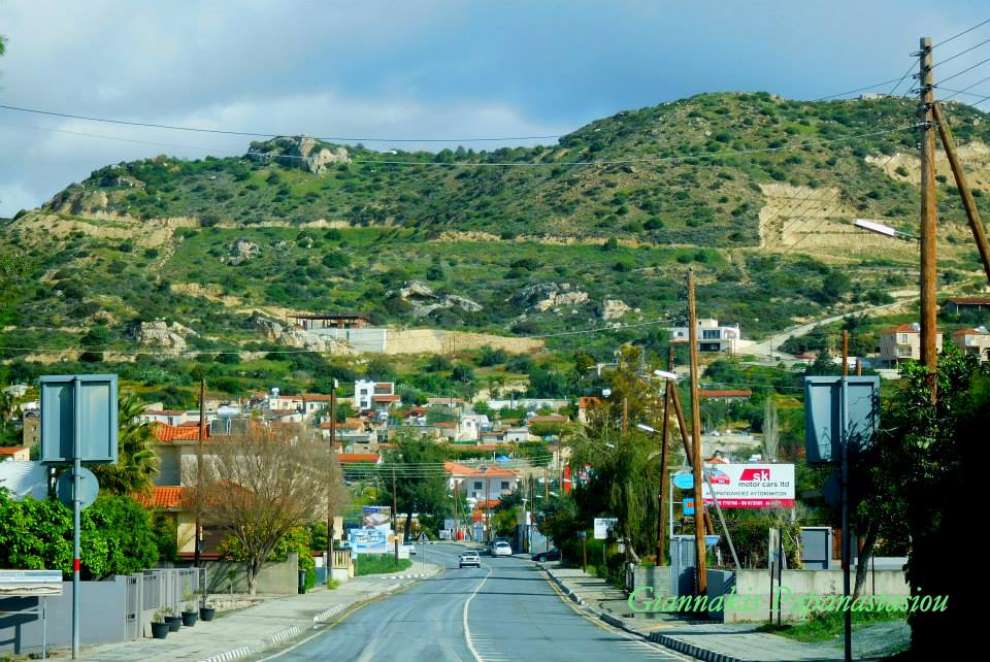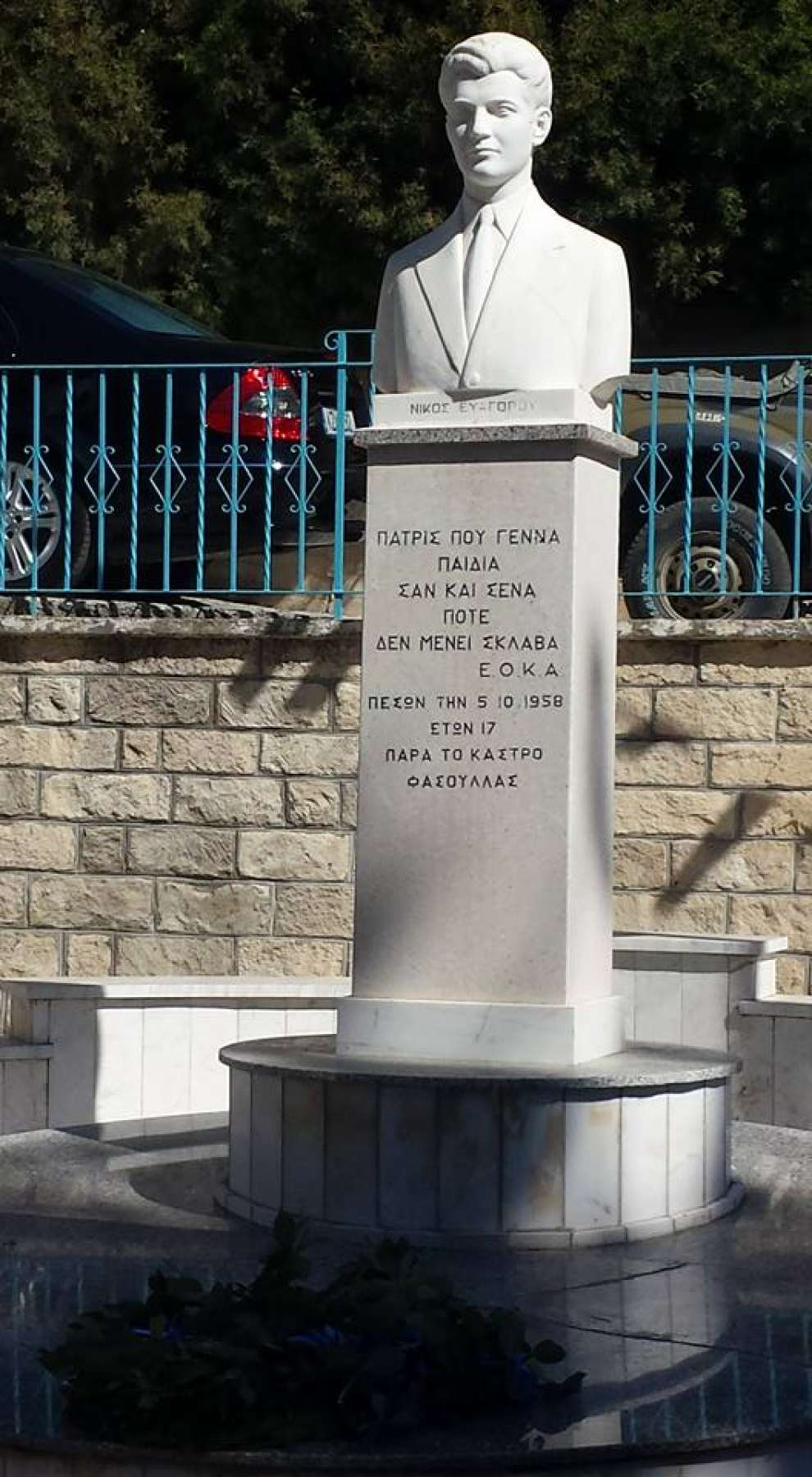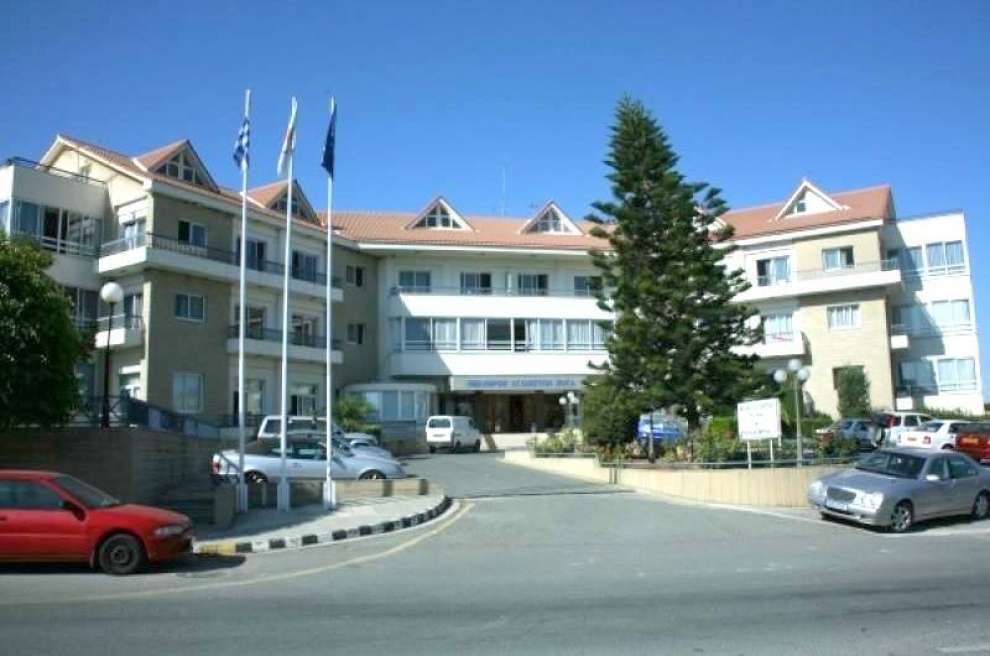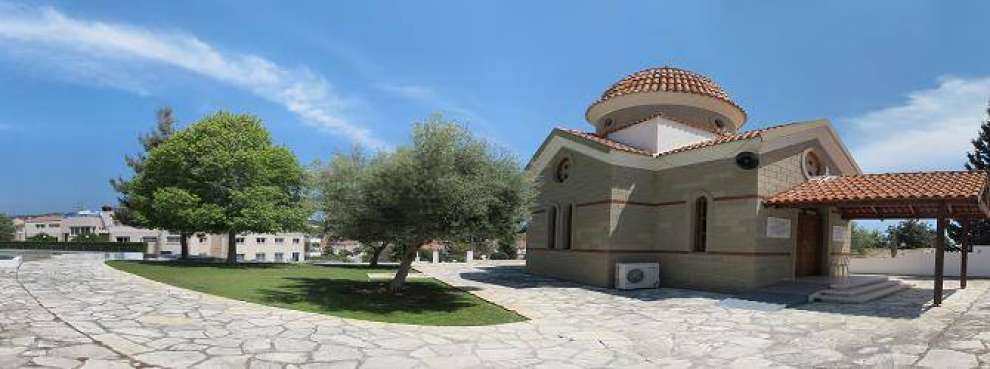Палозья (Палодия)
Сохранившееся гумно в Паозье считается уникальным на Кипре
Палозья (Палодия) [Palodeia / Palodia] – это полугорная деревня в области Лимассола, построенная на высоте 250 метров над уровнем моря, которая находится всего в 7 километрах от центра города Лимассол. Сообщество Палозья находится рядом с деревнями Спитали [Spitali], Парамита (Пармиса /Парамифа) [Paramytha] и Фасула [Fasoula].
Относительно того, как деревня получила своё название, существует не одна версия, но преобладающая заключается в том, что между деревнями Агиа Фила [Agia Fуla] и нынешней Палозьей был создан узкий путь [греч. παρόδου (парозу) – дорожка, проход], который со временем стали называть «парозья» [греч.: παρόδια] и от этого слова и произошло название деревни Палозья.
 Фотo: Giannakis Papanastasiou
Фотo: Giannakis Papanastasiou
Кипрский историк и летописец Леонтис Махерас (Леонтий Махера) упоминает некую деревню, называя её «деревня с дворцами» [греч. παλάτια (палатья) – дворцы], подразумевая, вероятно, именно Палозью.
Кроме того, согласно Л. Махерасу, король Яков I обязал графа Триполи уступить бейрутскому лорду несколько деревень, в том числе Палатью. Таким образом, если Палатья - это и есть Палозья, то можно сделать вывод, что эта деревня существует, как минимум, со времён франкского правления на Кипре и является совсем не современным поселением.
В старину одним из основных занятий жителей деревни было сеяние и жатва. По этой причине сообщество славилось своим гумном. Гумно Полозьи [ALONIA (Алонья) of Palodia] даже было объявлено Департаментом древностей памятником второго класса и в настоящее время считается единственным подобным гумном на Кипре. Первоначальное поселение общины Палозья располагалось в районе Алоньи (гумна), где была расположена маленькая церковь Святого Илариона (Агиос Иларион). Жители были вынуждены переехать оттуда из-за погодных условий.
 Фотo: Επαρχιακή Επιτροπή ΕΔΕΚ Λεμεσού
Фотo: Επαρχιακή Επιτροπή ΕΔΕΚ Λεμεσού
У въезда в деревню посетителей буквально встречает памятник герою Никосу Эвагоросу, который героически пал в борьбе с англичанами в 1955-59 годах.
Кроме того, в Палозье имеются впечатляющие и заслуживающие внимания церкви, такие как церковь Святого Николая (Агиос Николаос) и церковь Святых Бессребреников (Агии Анаргири), построенная на территории Медицинскго центра клуба бойцов ЭОКА.
 Фотo: ΑΝΔΡΕΑΣ ΧΡΙΣΤΟΦΟΡΟΥ
Фотo: ΑΝΔΡΕΑΣ ΧΡΙΣΤΟΦΟΡΟΥ
Также в сообществе имеется молодёжный спортивный центр им. Антониса Мастриса и Никоса Эвагору, основанный в 1977 году.
 Фотo: Maria Kiriakou
Фотo: Maria Kiriakou
За время существования деревни Палозья численность её населения претерпела некоторые колебания. Имеются следующие данные: в 1881 году в сообществе насчитывалось 88 жителей, в 1891 году - 135, к 1911 году эта цифра возросла до 168, но затем к 1931 году снизилась до 150, а в 1986 году снова возросла - до 146, к 1946 году число жителей ещё немного увеличилось - до 186 человек; тенденция роста численности населения сохранялась до 1976 года, когда в деревне насчитывалось 195 жителей, но к 1982 году число жителей деревни уменьшилось до 194, но к 1992 году возросло до 312 и достигло 1568 постоянных жителей к 2011 году.
Одним из основных занятий жителей Палозьи в старину были сев и сбор урожая. Вот почему сообщество славится своим гумном. В настоящее время жители занимаются гончарным делом и пчеловодством, поэтому Палозья славится своим мёдом и глиняными горшками.
Чтобы посмотреть карту, нажмите ЗДЕСЬ

 Русский
Русский
 English
English Ελληνικά
Ελληνικά